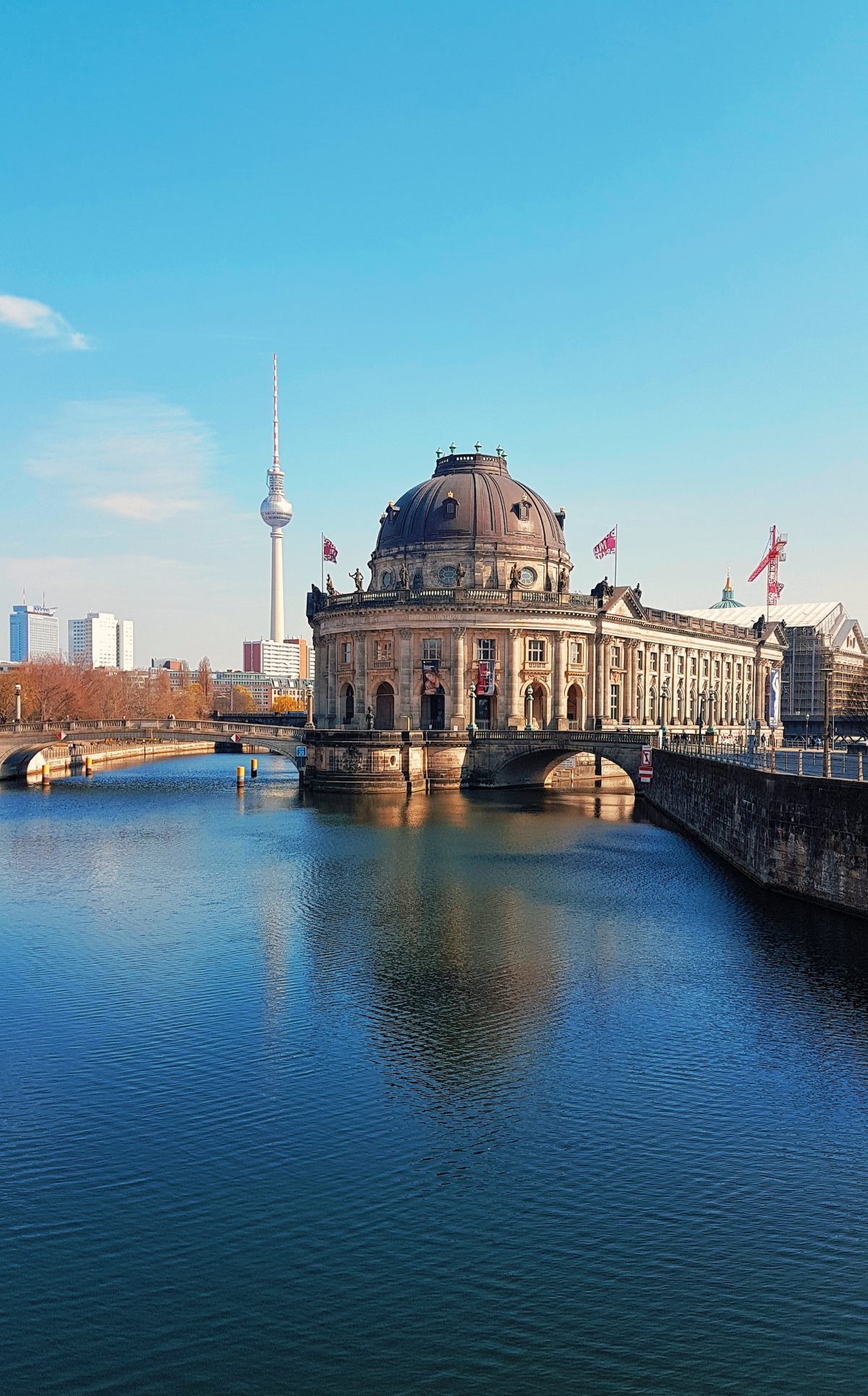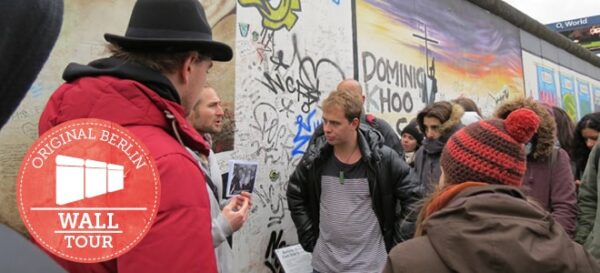The Berlin Wall was a symbolic division between East and West Berlin during the Cold War. While most of it was torn down in 1989, some parts of the wall still exist today as powerful reminders of Germany’s tumultuous past. In this article, we will explore where you can find remnants of the Berlin Wall and learn about their historical significance.
1. East Side Gallery
The most famous and accessible location to see the Berlin Wall is the East Side Gallery. Located along the Spree River in Friedrichshain, this open-air gallery features an impressive stretch of the original wall, adorned with vibrant graffiti art. It is a symbol of unity and freedom, as well as an outdoor art museum that attracts visitors from around the world.
2. Berlin Wall Memorial
For a more immersive experience, head to the Berlin Wall Memorial in Bernauer Strasse. Here, you can explore the preserved documentation center, the Chapel of Reconciliation, and a section of the wall complete with the original death strip and border fortifications. This memorial offers a deeper understanding of the wall’s impact on Berlin’s residents and the struggle for reunification.
3. Checkpoint Charlie
Another iconic location associated with the Berlin Wall is Checkpoint Charlie. This former crossing point between East and West Berlin has been turned into a popular tourist attraction. While the checkpoint itself is a replica, it offers a glimpse into the tense atmosphere that prevailed during the Cold War. The neighboring Wall Museum provides insight into escape attempts and the historical context surrounding this area.
4. Mauerpark
Mauerpark, meaning “Wall Park” in German, is a vibrant public park built on the former “death strip” of the Berlin Wall. It is a popular gathering spot for locals and visitors alike. Every Sunday, the park hosts a lively flea market and the famous Bearpit Karaoke, where people gather to sing their hearts out. While no intact sections of the wall are present, Mauerpark is a testament to the city’s resilience and celebration of freedom.
5. Topography of Terror
The Topography of Terror is an exhibition and documentation center built on the former site of the SS headquarters. Although not directly linked to the Berlin Wall, it offers valuable insights into the Nazi regime and its role in shaping the events that led to the construction of the wall. The outdoor exhibition also includes a remaining section of the wall, allowing visitors to reflect on the consequences of division and the importance of remembrance.
Conclusion
While the Berlin Wall physically divided a city, its remnants serve as a powerful reminder of Germany’s history and the struggle for freedom. The locations mentioned above provide opportunities to explore and learn about the impact of the wall on Berlin and its residents. By visiting these sites, you can gain a deeper understanding of the historical significance of the Berlin Wall and the resilience of the city and its people.






Leave a Reply